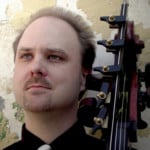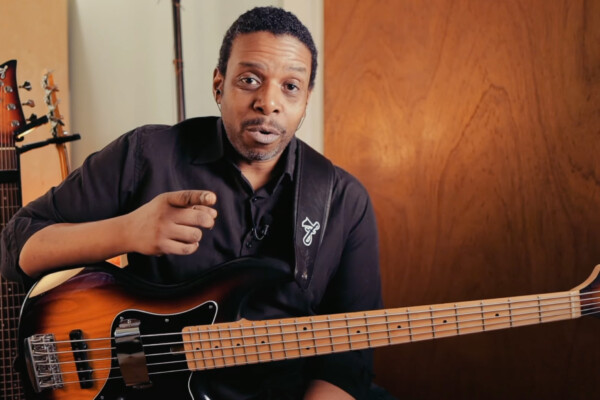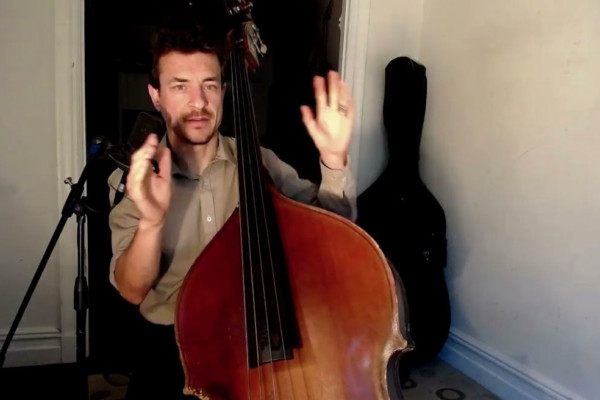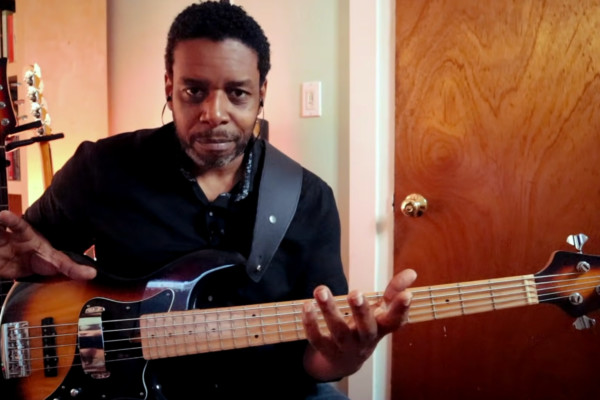Understanding Rhythm: Mental and Physical Approaches for Bass Players

Rhythm is both mental and physical.
Mental
The mental aspect of rhythm is the intellectual understanding of how musical time is organized. For any given piece, passage, or note, this includes things such as:
- Understanding how many beats are in the measure.
- How each beat is subdivided. Is it by two, three, five, seven? Perhaps they alternate subdivisions?
- How long each specific note is. One beat, one and a half beats, 6 beats
This is often first understood by studying rhythmic notation, but it can be done without it. However one learns it, mental comprehension of rhythm, is essential for high-level performance. It is our mental understanding of rhythm that let’s us know if we are accurate or not when we play. It answers questions like: Are we playing with a triplet feel, or sixteenth feel? It answers questions like this, provided we are asking them, of course.
As essential as this is, few people have difficulty understanding most commonly used rhythms. They may forget to be aware of the subdivisions when they play, for instance, but they usually understand the concept of subdivision easily. What can hang someone up, though, is the application of it.
Physical
The physical aspect of rhythm includes feeling a “beat,” of course, but that beat must be deeply internalized and felt while playing. We need to feel it all the time we are playing, even when we are not consciously drawing our attention to it. This takes attention during our practice sessions and in performance, as well as the passage of time. It’s why we work with metronomes and drum machines, for example. Not as crutches to rely upon, but rather as tools to train our internal sense of pulse.
The physical aspect of rhythm also involves timing our movements so that the instrument speaks at the appropriate moment. This can be quite complex.
Physical/instrumental timing is different than musical timing, after all. We must prepare to play a note, and this means moving without restriction to simple subdivisions of the beat. Add to this that preparation is usually asymmetrical (i.e. the left hand and right hand often move at different times and speeds) and we can understand the intricacy of it all.
However, we can train our physical/instrumental timing by focusing on:
- Feeling the beat at all times.
- Keeping our mental focus on counting and subdividing. So that we can check what we play against our mental understanding.
- Working aspects of instrumental technique until they are internalized. With a metronome or drum machine of course.
- Rhythmic etudes:
- For instance, playing one groove, or rhythmic idea for an extended period of time
- Fifteen minutes straight, for example.
Combine the study of rhythmic divisions (mental) and a focus on internalizing the pulse with technical practice using a rhythmic coaching tool (physical) and rhythm’s two aspects will come together in your playing.
Dr. Donovan Stokes is on the faculty of Shenandoah University-Conservatory. Visit him online at www.donovanstokes.com and check out the Bass Coalition at www.basscoalition.com.




It’s all about maths and counting …
Fortunately, I have very precise internal timing. I only rarely have to think about rhythm.
Dr. D, I like your vocabulary for bringing together the mental and physical. Checked out Dalcroze Eurhythmics much? I think you’d dig “The Musical Experience” by Roger Sessions.
why don’t we just say: “If you can’t feel it, you aint ot it”. Isn’t that what it really comes down to, is feeling ” the groove” ?
As Victor wooten said:’ You can’t hold no groove, if you aint got no pocket” !!!